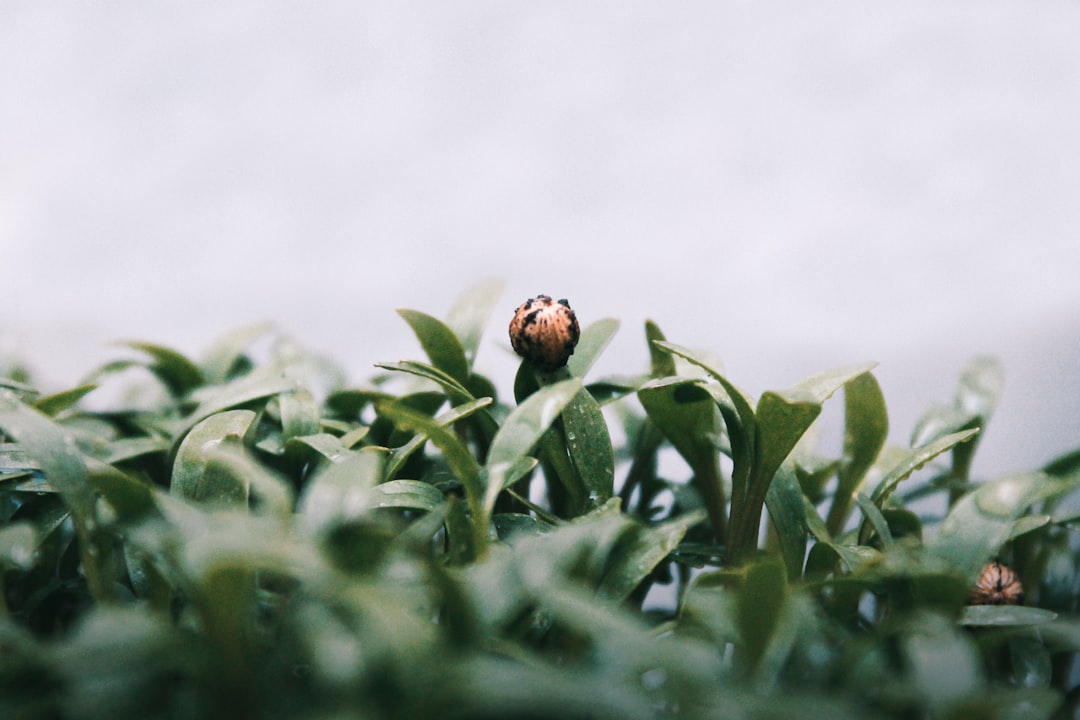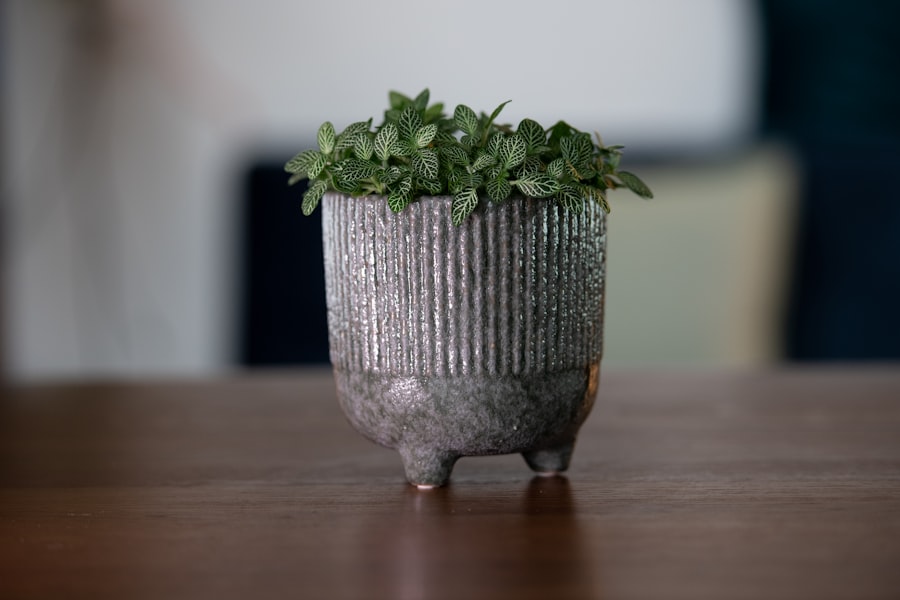Cilantro Seed Harvesting: Best Time to Collect

Cilantro seed harvesting is the process of collecting mature seeds from the cilantro plant. Cilantro, also known as coriander or Chinese parsley, is a popular herb used in various cuisines around the world. While the leaves of the cilantro plant are commonly used in cooking, the seeds are equally valuable and have their own unique flavor and aroma.
Harvesting cilantro seeds is important for several reasons. Firstly, it allows you to make the most of your cilantro plant by utilizing both the leaves and the seeds. Secondly, cilantro seeds have a distinct flavor that adds depth and complexity to dishes. By harvesting your own seeds, you can ensure that they are fresh and of high quality. Lastly, growing and harvesting your own cilantro seeds can be a rewarding experience that allows you to connect with nature and take pride in your own homegrown produce.
Key Takeaways
- Cilantro seed harvesting is an important process for those who want to grow their own cilantro plants.
- Understanding the cilantro plant and its seeds is crucial for successful harvesting.
- Factors such as weather, soil quality, and plant health can affect cilantro seed harvesting.
- Timing is key when it comes to cilantro seed harvesting, as waiting too long can result in loss of flavor and quality.
- The best time to collect cilantro seeds is when they are dry and brown, and the plant has finished flowering.
Understanding the Cilantro Plant and Its Seeds
The cilantro plant (Coriandrum sativum) is an annual herb that belongs to the Apiaceae family. It has feathery green leaves that resemble parsley and small white flowers that eventually develop into seeds. The seeds are round, light brown in color, and have a distinctive citrusy flavor.
Cilantro seeds are not only flavorful but also packed with nutritional value. They are a good source of dietary fiber, vitamins A, C, and K, as well as minerals like potassium and manganese. Additionally, cilantro seeds contain antioxidants that help protect against oxidative stress and inflammation in the body.
Factors Affecting Cilantro Seed Harvesting
Several environmental factors can affect the success of cilantro seed harvesting. Firstly, temperature plays a crucial role in seed development. Cilantro plants prefer cool temperatures between 50-85°F (10-29°C) for optimal growth and seed production. Extreme heat or cold can negatively impact seed development and reduce the overall yield.
Another important factor to consider is sunlight. Cilantro plants require at least 6-8 hours of direct sunlight each day to thrive. Insufficient sunlight can lead to weak plants and poor seed production.
Soil conditions also play a significant role in cilantro seed harvesting. Cilantro plants prefer well-draining soil that is rich in organic matter. Soil that is too compacted or waterlogged can hinder root development and affect seed production. It is important to ensure that the soil is loose and well-drained to promote healthy growth and abundant seed production.
Importance of Timing in Cilantro Seed Harvesting
| Timing | Impact on Seed Quality | Impact on Yield |
|---|---|---|
| Early Harvesting | Low seed quality, immature seeds | Low yield |
| Optimal Harvesting | High seed quality, mature seeds | High yield |
| Late Harvesting | Low seed quality, overripe seeds | Low yield |
Timing is crucial when it comes to cilantro seed harvesting. Harvesting the seeds too early will result in immature seeds that lack flavor and aroma. On the other hand, waiting too long to harvest the seeds can lead to shattering, where the seeds fall off the plant and scatter.
To determine the ideal time for cilantro seed harvesting, it is important to observe the plant closely. As the flowers start to fade and dry out, they will turn brown and develop a papery texture. This is a sign that the seeds are maturing. It is best to harvest the seeds when they are fully mature but before they start to shatter.
Best Time to Collect Cilantro Seeds
The best time to collect cilantro seeds is typically around 3-4 weeks after the flowers have bloomed. At this stage, the flowers will have turned brown and dried out, indicating that the seeds are mature and ready for harvesting.
However, it is important to note that the timing may vary depending on various factors such as climate, growing conditions, and individual plant characteristics. It is recommended to closely monitor your cilantro plants and harvest the seeds when they are fully mature but before they start to shatter.
When determining the best time for cilantro seed harvesting, it is also important to consider your intended use for the seeds. If you prefer a milder flavor, you can harvest the seeds earlier when they are still green. On the other hand, if you prefer a stronger flavor, you can wait until the seeds turn brown and fully mature.
Signs to Look for When Harvesting Cilantro Seeds

When cilantro seeds are ready for harvesting, there are several visual cues to look for. Firstly, the flowers will have turned brown and dried out, indicating that the seeds are maturing. The flowers will also develop a papery texture and may start to curl up.
Another sign to look for is the appearance of small, round seed pods. These pods contain the mature seeds and will be attached to the dried flower stems. The seed pods will turn brown and become slightly brittle when they are fully mature.
To check if the cilantro seeds are mature enough for harvesting, you can gently squeeze a seed pod between your fingers. If the pod cracks open easily and releases the seeds, they are ready for harvesting. If the pod is still firm and does not crack open, it is best to wait a little longer before harvesting.
Tools and Equipment Required for Cilantro Seed Harvesting
Harvesting cilantro seeds requires minimal tools and equipment. Here is a list of what you will need:
1. Garden shears or scissors: These are used to cut the dried flower stems from the plant.
2. Brown paper bags or envelopes: These are used to collect and store the harvested seeds.
3. Rubber bands or string: These are used to secure the paper bags or envelopes around the seed heads.
4. Gloves (optional): Gloves can be worn to protect your hands from any prickly or sharp parts of the plant.
Steps to Follow for Successful Cilantro Seed Harvesting
1. Observe the cilantro plant closely and look for signs of maturity, such as brown and dried flowers.
2. Using garden shears or scissors, cut the dried flower stems from the plant. Leave a few inches of stem attached to the seed heads.
3. Place the cut flower stems in a brown paper bag or envelope. Secure the bag or envelope around the seed heads using rubber bands or string.
4. Hang the paper bags or envelopes in a cool, dry place with good air circulation. This will allow the seeds to continue drying and prevent mold or rot.
5. After a few weeks, gently shake the bags or envelopes to release any loose seeds. Carefully open the bags or envelopes and collect the seeds.
6. Store the harvested seeds in an airtight container in a cool, dark place until ready to use.
Tips for Storing Cilantro Seeds
To keep cilantro seeds fresh for longer periods of time, it is important to store them properly. Here are some tips for storing cilantro seeds:
1. Make sure the seeds are completely dry before storing them. Moisture can cause the seeds to mold or rot.
2. Store the seeds in an airtight container to protect them from moisture, light, and air.
3. Keep the container in a cool, dark place such as a pantry or refrigerator. Avoid storing the seeds near sources of heat or sunlight.
4. Label the container with the date of harvest to keep track of freshness.
5. Use the stored seeds within 1-2 years for optimal flavor and quality.
Benefits of Cilantro Seed Harvesting
Cilantro seed harvesting offers several benefits, both in terms of health and the environment.
In terms of health benefits, consuming cilantro seeds can aid digestion, reduce inflammation, and support overall immune health. The seeds are rich in antioxidants that help protect against oxidative stress and inflammation in the body. They also contain essential oils that have antimicrobial properties and can help fight against harmful bacteria and fungi.
From an environmental perspective, growing and harvesting cilantro seeds can be a sustainable practice. By growing your own cilantro, you can reduce your reliance on store-bought herbs that may be grown using pesticides or transported long distances. Additionally, cilantro plants attract beneficial insects such as bees and butterflies, which can help support local pollinator populations.
Cilantro seed harvesting is a rewarding process that allows you to make the most of your cilantro plants and enjoy the unique flavor and aroma of the seeds. By understanding the cilantro plant and its seeds, as well as the factors that affect seed production, you can ensure a successful harvest. Timing is crucial when it comes to cilantro seed harvesting, and it is important to look for visual cues to determine when the seeds are fully mature. With the right tools and equipment, as well as proper storage techniques, you can enjoy fresh cilantro seeds for months to come. So why not give cilantro seed harvesting a try and experience the satisfaction of growing and harvesting your own herbs?
If you’re looking for more information on when to harvest cilantro seeds, check out this helpful article on Lawn World. They provide expert advice and tips on how to determine the right time to harvest cilantro seeds for optimal flavor and quality. To learn more, visit their website at https://www.lawnworld.com/. You can also explore their sitemap at https://www.lawnworld.com/sitemap.html to find other useful articles and resources related to gardening and plant care.
FAQs
What is cilantro?
Cilantro is an herb that is commonly used in cooking. It is also known as coriander in some parts of the world.
When should I harvest cilantro seeds?
Cilantro seeds should be harvested when they are brown and dry. This usually happens about 3-4 weeks after the plant has finished flowering.
How do I know if cilantro seeds are ready to harvest?
Cilantro seeds are ready to harvest when they turn brown and dry. You can also gently shake the plant and if the seeds fall off easily, they are ready to be harvested.
How do I harvest cilantro seeds?
To harvest cilantro seeds, cut the seed heads off the plant and place them in a paper bag. Hang the bag upside down in a warm, dry place for a few weeks until the seeds are completely dry.
What can I do with cilantro seeds?
Cilantro seeds can be used in cooking, particularly in Indian and Middle Eastern cuisine. They can also be used to make tea or added to homemade spice blends.
Can I save cilantro seeds for planting?
Yes, you can save cilantro seeds for planting. Make sure to store them in a cool, dry place until you are ready to plant them.



